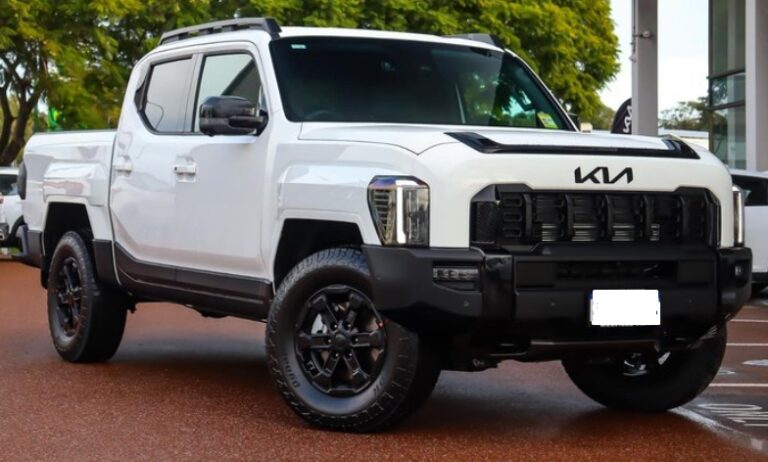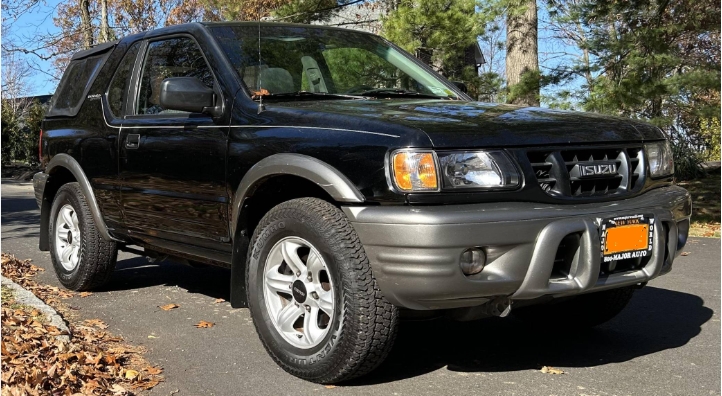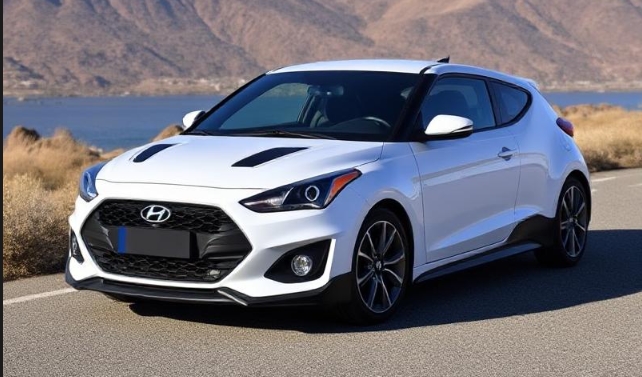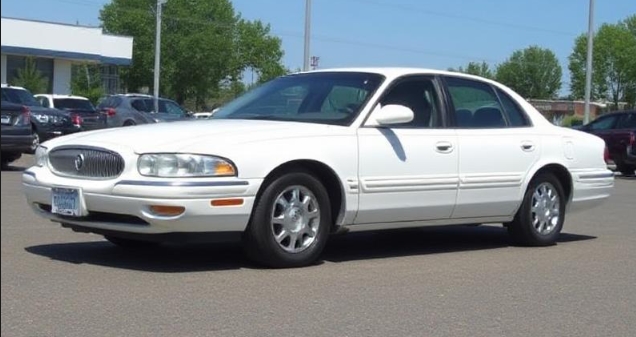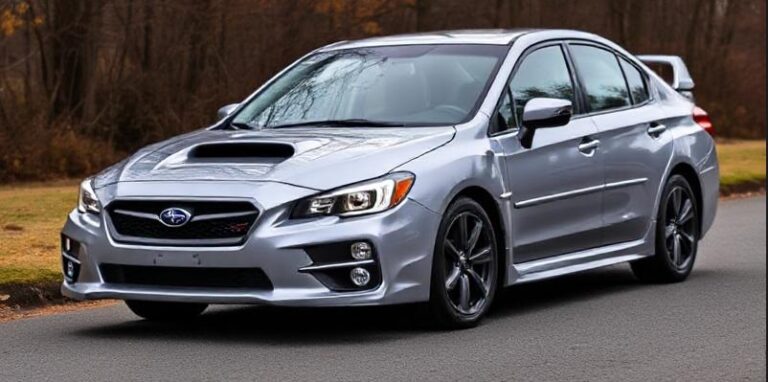The Evolution of the Hyundai Trajet
The Hyundai Trajet stands as a notable chapter in Hyundai’s history of producing versatile, family-oriented minivans. Introduced in the late 1990s, the Trajet was Hyundai’s entry into the competitive MPV (multi-purpose vehicle) segment, aiming to combine practicality, affordability, and a comfortable driving experience. Over its production run, the model underwent several updates, variant introductions, and market adaptations, reflecting Hyundai’s evolving design philosophy and technological advancements. This article traces the full lifecycle of the Hyundai Trajet, from its debut to its discontinuation, highlighting the years produced, model variants, and trim levels offered.
Origins and Introduction (1999–2001)
Hyundai officially launched the Trajet in 1999, marking its first dedicated effort to compete in the mid-sized MPV market. Developed primarily for European and Asian markets, the Trajet was based on Hyundai’s front-wheel-drive platform shared with other models like the Hyundai Sonata and Santa Fe. Its design emphasized practicality and spaciousness, with a focus on family utility.
Initial Models and Trim Levels:
In its debut, the Hyundai Trajet was offered in several trim levels, tailored to different markets:
- GL: The base model, equipped with essential features such as manual air conditioning, fabric seats, and a modest audio system.
- GLX: Offered upgraded amenities including power windows, central locking, and a better audio setup.
- CDX (or high-end trims in some markets): Included features like leather upholstery, alloy wheels, upgraded audio, and additional safety features.
Powertrain options at launch included a 2.0-liter inline-4 engine, with a 2.7-liter V6 introduced in some markets later. The early models emphasized a balance between affordability and functionality.
Early 2000s: First Facelift and Expanded Offerings (2002–2004)
By 2002, Hyundai introduced its first significant facelift for the Trajet, aligning with Hyundai’s global design language and improving aerodynamics. The updates included:
- A redesigned front grille with integrated headlights.
- New bumper styling.
- Slight interior revisions for increased comfort and ergonomics.
During this period, Hyundai expanded the engine lineup:
- 2.0-liter I4: Continued as a base engine, tuned for efficiency.
- 2.7-liter V6: Became more prevalent, offering better performance.
- 2.0-liter Turbo Diesel: Available in European markets for better fuel economy.
Trim levels also diversified:
- GL: Basic, focusing on affordability.
- GLX: Mid-range with added comfort features.
- CDX/High-End: Luxury-oriented trims with leather seats, sunroof, and advanced audio systems.
Transmission options typically included a 4-speed automatic and a 5-speed manual, depending on the market and engine choice.
Mid-2000s: Second Facelift and Model Refinements (2005–2007)
In 2005, Hyundai released another facelift, refining the Trajet’s exterior and interior design:
- The front fascia was more modern with a larger grille and redesigned headlights.
- The rear received changes to taillight design and bumper styling.
- Interior materials were upgraded for improved comfort and quality.
Technological updates included:
- Introduction of optional electronic stability control (ESC).
- Improved safety features such as side airbags in higher trims.
- Enhanced ride quality through suspension tuning.
Trim Level Variations:
- GL: Entry-level, with manual air conditioning and fabric seats.
- GLS: Mid-range, featuring power accessories, upgraded audio, and alloy wheels.
- Premium (or higher trims in some markets): Launched in select regions, offering leather seats, climate control, and advanced audio systems.
Powertrain offerings remained similar, with some markets receiving a 2.0-liter or 2.7-liter engine, and diesel variants continued to be popular in Europe.
.
MANY auto lovers not only spend time in their garages to tinker on their autos, but have other projects going on in there as well. Wood working is a popular pastime for the creative type of individual. Not sure what to make next? Or thinking about getting into this kind of hobby? There’s lots of possibilities… Here’s some of them…

.
Discontinuation and Legacy (2008)
By 2008, Hyundai decided to phase out the Trajet, partly due to evolving market preferences shifting toward larger SUVs and minivans such as the Hyundai Santa Fe and the Hyundai i800 (Starex).
Despite its discontinuation, the Trajet was appreciated for its spacious interior, flexible seating arrangements, and affordability. It served as a practical family vehicle in several markets for nearly a decade.
The Trajet’s Market and Model Overview
Throughout its production, the Hyundai Trajet was available in various markets under different names and trim configurations, reflecting regional preferences and regulatory standards.
Key Markets and Variants:
- Europe: The Trajet was marketed extensively, often with diesel engine options and trims emphasizing comfort and safety.
- Asia: Variants sometimes included more basic trims targeted at budget-conscious consumers.
- Australia and Middle East: The model was available with specific trims emphasizing durability and ease of maintenance.
Technical Evolution and Features
- Engines: The Trajet’s engine lineup evolved from basic 2.0-liter I4s to more powerful 2.7-liter V6s, with diesel variants becoming prominent in Europe.
- Transmission: Both manual and automatic transmissions were offered, with the 4-speed automatic being common initially and later advancing to 5-speed units.
- Safety: Early models offered basic safety features, while later versions incorporated side airbags, ABS, and ESC in higher trims.
- Interior: The interior was designed to maximize space, with flexible seating arrangements (such as fold-flat seats), multiple cupholders, and optional leather upholstery.
Final Thoughts
The Hyundai Trajet exemplifies Hyundai’s approach to producing practical, affordable family vehicles during the late 1990s and early 2000s. Its evolution over nearly a decade reflects Hyundai’s commitment to refining design, improving safety, and expanding features in response to market demands.
While it was eventually replaced by more modern models focusing on SUVs and crossovers, the Trajet remains a significant part of Hyundai’s MPV history, appreciated by owners for its versatility and value.
In Summary:
| Years Produced | Key Updates and Features | Available Models/Trims | Notable Engine Options |
|---|---|---|---|
| 1999–2001 | Launch, initial trims, basic features | GL, GLX, CDX | 2.0L I4, 2.7L V6 (later) |
| 2002–2004 | First facelift, new design, expanded engine lineup | GL, GLX, CDX | 2.0L I4, 2.7L V6, diesel variants |
| 2005–2007 | Second facelift, interior upgrades, safety tech | GL, GLS, Premium | 2.0L I4, 2.7L V6, diesel options |
| 2008 | Discontinued | N/A | N/A |
The Hyundai Trajet’s legacy lies in its role as an affordable, spacious family vehicle that adapted through various updates over nearly a decade of production. Its models and trims catered to diverse markets, making it a versatile choice for families seeking reliable transportation.


